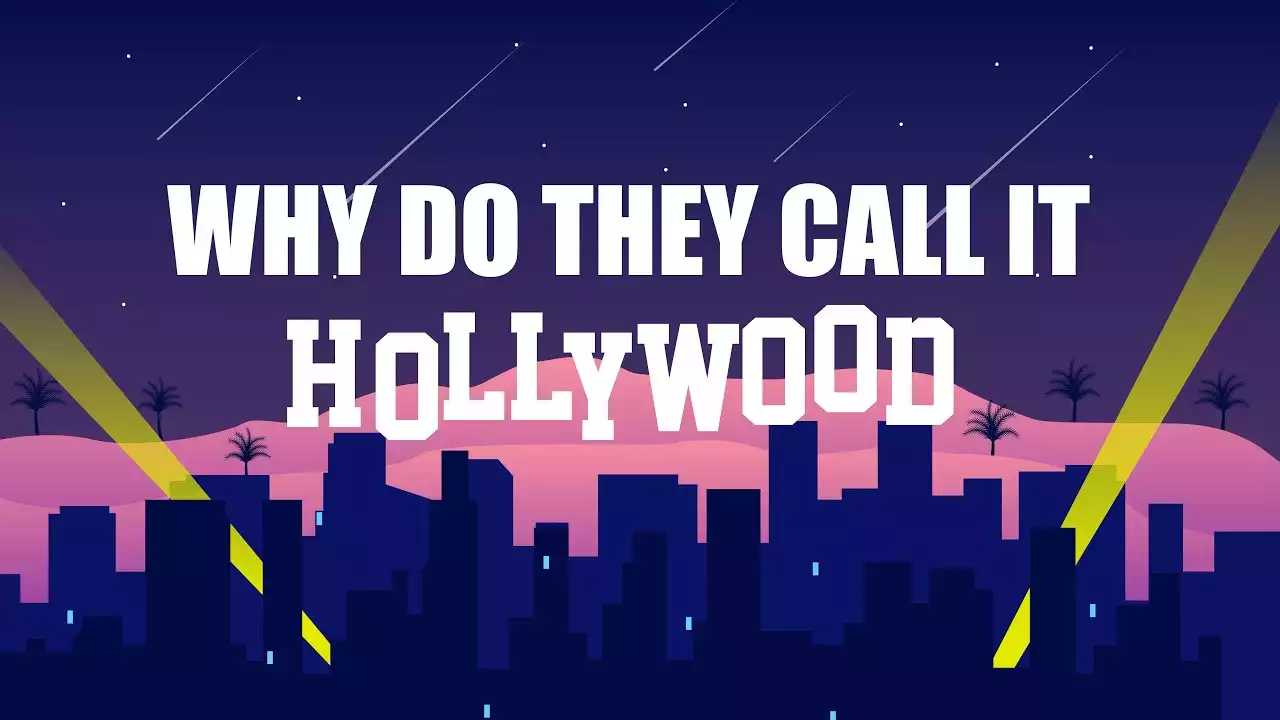It’s almost impossible to imagine a time when there weren’t movies. It just seems like such a natural part of the world that it must have been there forever. But it wasn’t, and even its initial creation took place over decades. Hollywood movies as we know them today didn’t come together until the early 1900s and following an extended history of other forms of moving image entertainment preceding it. This article will explore the origins of movies and how they came to be what they are today. We’ll look at different precursors to the cinema, such as magic lantern shows, phantasmagoric shows, and peep shows. We’ll also dive into the various inventions that led to film as we know it today.
Why do they call it Hollywood?
Magic Lantern Shows
The history of moving pictures begins with magic lantern shows and other early forms of projected imagery. Around the time of the invention of photography itself, people began to experiment with projecting photos onto screens, and then increasingly, onto walls. One of the earliest known examples of this is a photo of an execution projected onto a wall. It’s an example of the macabre spectacle that often accompanied magic lantern shows. Magic lantern shows began to be used for entertainment in the early 1800s. They were a precursor to modern movie theaters but used projected images rather than a movie reel. Lantern shows used glass slides that were tinted and projected from a lantern. The images used in magic lantern shows were often hand painted and tinted.
Phantasmagoric Shows
Phantasmagoria shows were a form of entertainment that grew out of magic lantern shows around the turn of the 20th century. In many ways, it was a natural progression of the lantern show, propelling the lantern show’s violent and macabre imagery to new heights. The shows often centered around themes of horror and the supernatural and featured live-action as well as projected images. Phantasmagoria shows were often staged in large theaters and could be highly elaborate productions. They are often credited with inspiring early films. One of the earliest films, The House of the Magic Lantern, was a direct reference to the phantasmagoria shows.
Moving Picture Theater
The first moving pictures were shown in the late 1800s. These were often short films that were shown in arcades or novelty theaters. Many involved simple trick photography and were similar to the kinetoscope. One notable example is General Cork’s samples of tropical birds in cages. General Cork is shown with his hands tied behind his back and a cage of tropical birds on his head. And then a few moments later he’s shown with his hands untied and the birds gone. It’s an early example of trick photography and the earliest example of a film with a narrative as opposed to a single image or series of images without a narrative.
The Birth of Film: The Lumiere Brothers
One of the first major steps toward the birth of modern movies was the invention of moving pictures by the Lumiere brothers. The Lumiere brothers were early film pioneers in the late 1890s. They began by showing short films in arcades, but their most famous and influential work was their first feature film, Workers Leaving The Lumiere Factory. Workers Leaving The Lumiere Factory is a very simple film. It shows workers walking out of a factory and then stopping briefly to look at the camera. The film was silent and ran for just under a minute and a half. It was a rough draft of what film could be, but it was an important first step toward moving pictures as we know them today.
The Birth of Film: The Vitagraph Disc Camera and Disc Screen Plays
The final step towards the birth of modern movies was the Vitagraph disc screenplay. The disc screenplay was a series of discs arranged in a disc screen that could be used to project moving images. It was a step up from the kinetoscope in that it allowed for bigger, more detailed images as well as a higher number of images per second. The disc screenplay was a massive step forward in terms of technology and could be used to create stories and other forms of moving images that could be viewed by multiple people at once. The disc screenplay would be the closest thing to the modern movie theater until the invention of the film projector. The disc screenplay was an important step toward the birth of the modern movie. It showed that the technology was there to create moving pictures that could be viewed by large groups of people at once. It’s the last significant invention in the progression towards the modern movie.
Conclusion
The history of moving pictures begins with magic lantern shows and other early forms of projected imagery. The early moving pictures that are often discussed as the first steps towards the birth of the modern movie are the disc screenplays by the Vitagraph Company. These were truly modern movies with sound, images on a disc screen, and a disc machine to project them. The disc screenplays are the final significant step towards the modern movie and the closest thing to a modern movie before Edison invented the film projector in the late 1890s.


 Types of Food Processor to Make Nutritious Meals
Types of Food Processor to Make Nutritious Meals
 All You Need to Know About Keeping Hamsters
All You Need to Know About Keeping Hamsters
 The Story Behind the Creation of Beef Wellington
The Story Behind the Creation of Beef Wellington The Hays Code in Hollywood Film
The Hays Code in Hollywood Film The Golden Age of Hollywood
The Golden Age of Hollywood A Brief History of Hollywood
A Brief History of Hollywood